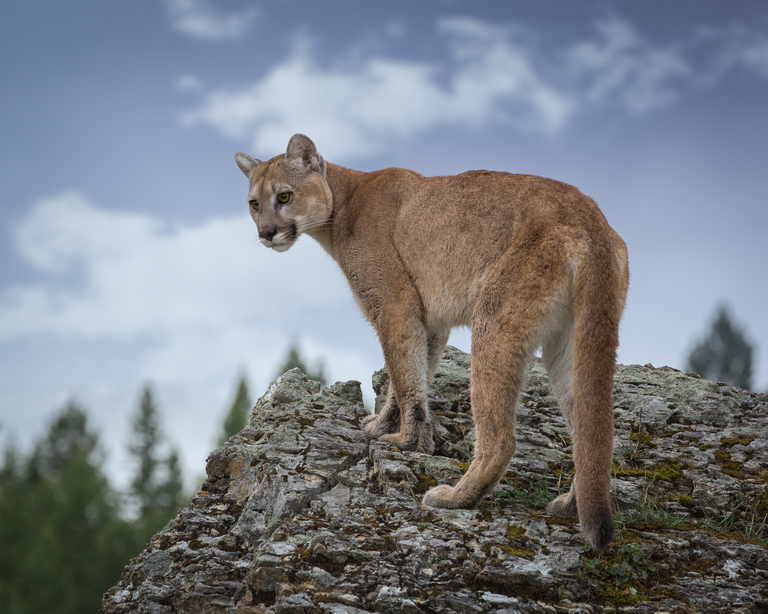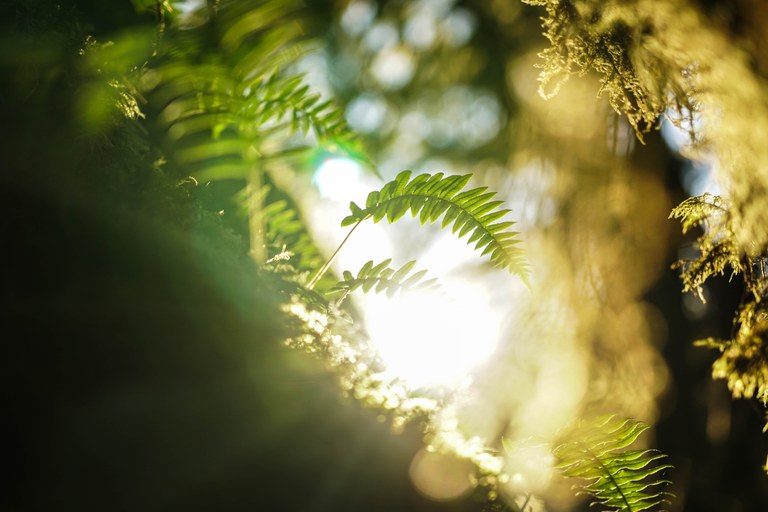Nature on Trail: Cougar and Licorice Fern
Washington's wild places are teeming with life. Learn a bit more about two local species, the cougar and licorice fern, and where you can find them.
Washington's wild places are teeming with life. Learn a bit more about two local species, the cougar and licorice fern, and where you can find them.

Photo by Frank Weigel.
Cougar (Puma concolor)
Cougars — also known as mountain lions or pumas — once inhabited all of the lower 48 states before bounty hunting drove them extinct through much of the country. They now live in 15 western states and a small pocket of Florida. As tiny, blue-eyed kittens, they have a spotted coat that provides camouflage. Adults have a tawny coat and a distinctively long tail, which they use for balance. Elk and deer make up most of their diet.
Where to see them: All of Washington’s natural spaces are potential cougar habitat. They are shy and elusive animals. If you’re lucky enough to spot one, give it space but don’t run. Unless cornered or protecting their kittens, these cats naturally fear humans and avoid conflict. They do not see us as prey, and aggression towards humans is extraordinarily rare. For tips on safely camping and hiking in cougar country, visit mountainlion.org.
— Michelle Blake, Mountain Lion Foundation

Photo by Britt Lê.
Licorice fern (Polypodium glycyrrhiza)
Licorice fern thrives in winter weather. These single-stemmed ferns like to bury their roots in mosses. When winter rains nourish thirsty mosses, these hardy ferns perk up to brighten our forests with their green triangle flags.
The name, of course, comes from its flavor. Known also as sq̓ič̓əyʔ in Lushootseed or by its scientific name, Polypodium glycyrrhiza (which means roughly “many-footed sweet root”), the fern’s thin rhizome has a slightly sweet, spicy flavor when chewed.
Licorice ferns are climbers; their rhizomes walk them up the sides of moss-covered bigleaf maples, other trees and boulders. Once well-established, colonies of licorice ferns looks like shaggy green beards on trees and rocks.
Where to see them: You can spot licorice ferns on winter snow-free hikes below 2,500 feet in the relative moisture west of the Cascades and occasionally in the wetter areas of the inland Northwest.


Comments